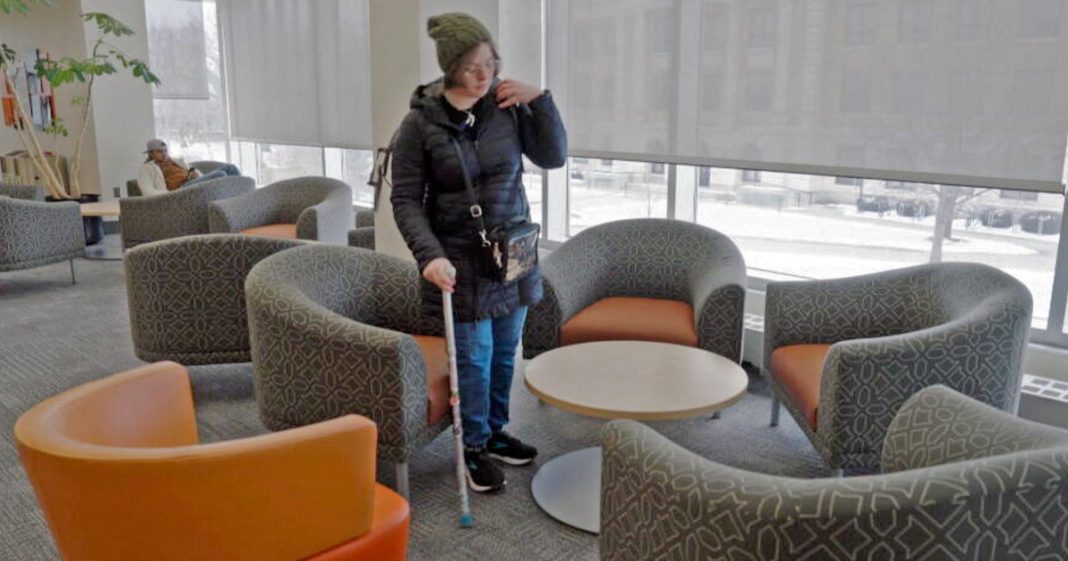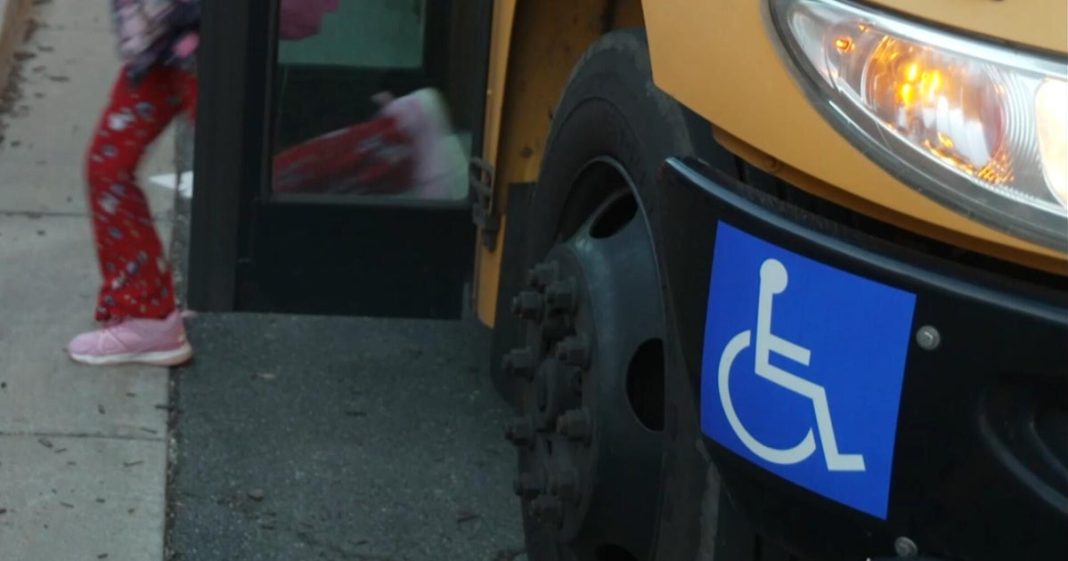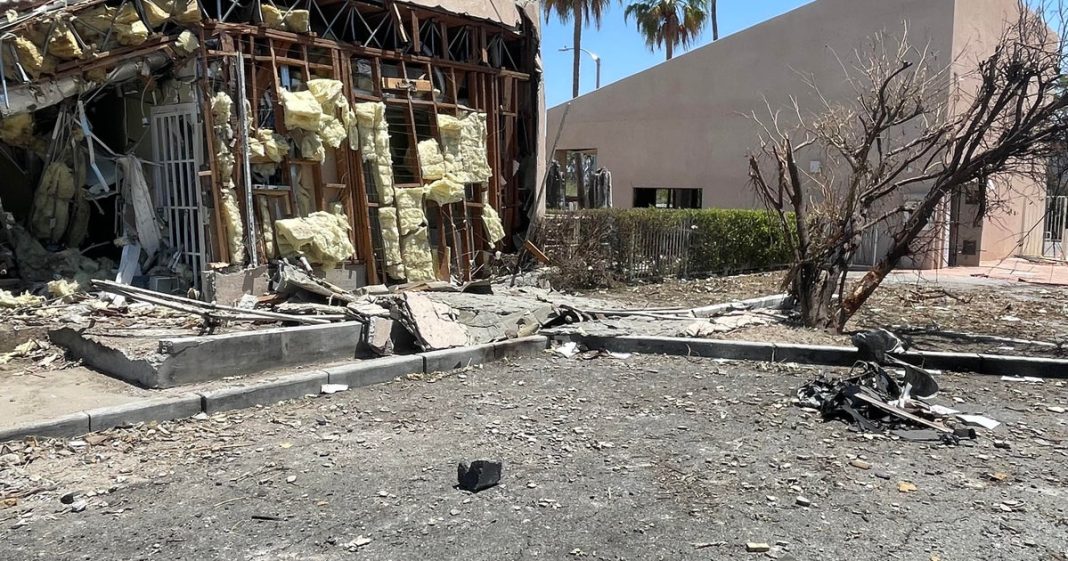Niamh Winright’s worst nightmare began with a loud bang. Then came the sound of shattering glass and the piercing echoes of gunfire. Reality set in. She was caught in the middle of a school shooting.
On the morning of Oct. 24, 2022, panic swept through the joint campus of the Central Visual and Performing Arts High School and the Collegiate School of Medicine and Bioscience in St. Louis, Missouri. The 911 calls began pouring in as a gunman entered the building.
“I saw a gentleman with a rifle shoot at the door and go in,” one caller told dispatchers.
“I don’t want to die. Please. Please,” said one student in another frantic 911 call.
Winright, who lives with autoimmune rheumatoid arthritis and uses a cane, suddenly found herself crammed into a corner with her classmates. Her cane was knocked away during the scramble for safety.
“There were people like crowded around me and sitting on top of me,” Winright said.
In that moment, Winright recalled she never felt more trapped by her disability. When police officers arrived, they rushed students out of the building — every student except for Winright.
“Everyone just ran out of the classroom,” she said. “It was really chaotic.”
She was the last person to exit the room. In the hallway, things escalated again.
“I made my way out of the room, and police had their guns trained on me because I wouldn’t put both my hands in the air — because I needed my cane to walk,” she said. “I feel like that has caused me more trauma than some of the other students.”
KMOV
Two people were killed, and several others were injured during the shooting. Winright survived, but her experience has raised serious questions about how public school prepare — or don’t — for the needs of students with disabilities during life-threatening emergencies.
More than 7.5 million U.S. public school students live with a disability, according to a federal Department of Education data. A CBS News analysis found nearly 6.3 million of them live in states that do not require schools to make specific emergency plans for students with disabilities.
Kira Tiller, who now attends college in North Carolina, was always worried about that when she was younger. She has epileptic seizures that could be triggered by the flashing lights from fire alarms. She’s not only concerned about real-world emergencies, but even fire drills back at her Northern Virginia high school.
“I knew at any moment that alarm could go off and I didn’t know what was going to happen,” she said.
Tiller pushed for six years for accommodations, but it wasn’t until her junior year that her school made a plan to provide her with blacked-out glasses and someone to escort her outside of the building during evacuations.
The struggle motivated her to become an advocate. She had conversations with other disabled students, and realized she wasn’t the only one impacted by the lack of emergency plans.
“It really hit me that disabled student safety is an afterthought,” she said.
Tiller created the advocacy organization called Disabled Disrupters, which includes disabled students and their allies across the country. She also brought the issue to a Virginia lawmaker, Delegate Laura Jane Cohen.
“The idea that it doesn’t already exist is kind of shocking,” Cohen, a former educator and the parent of a child with autism, said.
Cohen sponsored a Virginia law requiring public schools to have discussions to make an individualized safety plan for emergencies and evacuations for every student with a disability. The discussions need to include plan coordinators, the student and parents.
The bill passed with bipartisan support and was signed into law by Virginia Gov. Glenn Youngkin.
“You never want students to be in a place where they feel that level of vulnerability of that no adult in this building is looking out for me,” Cohen said.
The law goes into effect July 1, so as Virginia schools prepare lesson plans this fall, they’ll also make emergency plans for all disabled students.




